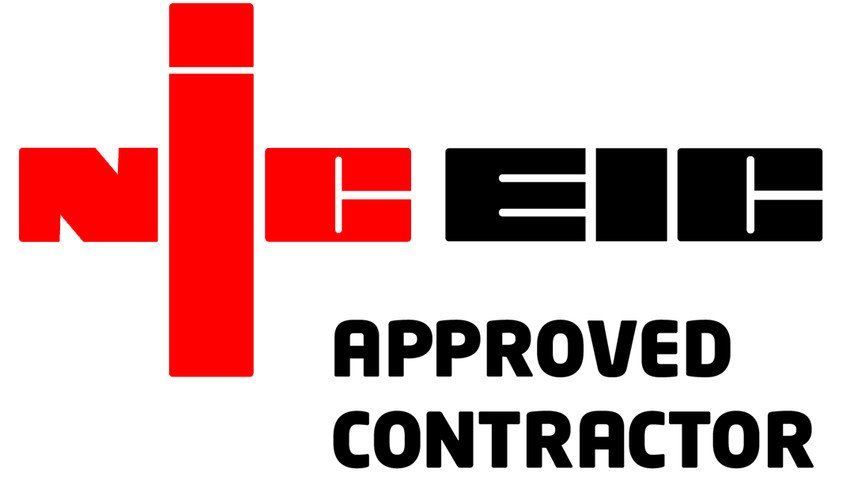Bathroom Electrical Zones: Explained
Electrical work in general requires care and consideration when taking on any project, but this is especially the case when it comes to bathrooms. This is why bathrooms are split out into specific zones, to ensure that electrical equipment is placed in the correct location for the safest setup possible.

Bathroom Electrical Zones are determined by the area’s proximity to water, so certain appliances can only be installed in certain zones to reduce the risk of electric shock that comes with mixing electricity and water.
According to the 18th Edition Wiring Regulations, there are 3 Bathroom Electrical Zones: Zone 0, Zone 1 and Zone 2.
Zone 0
Zone 0 areas are the smallest when it comes to bathrooms, as this zone only includes areas that come into direct contact with water and can withstand consistent contact with extended periods of time.
Areas most commonly in a Zone 0 Bathroom Electrical Zone are inside bathtubs and basins, as well as a shower tray. Due to the unique conditions that are commonplace in Zone 0, equipment with exact specifications is essential when it comes to this kind of installation.
Electrical equipment with a minimum IPX7 rating, which differs from other waterproof ratings due to the fact that equipment that carries this rating can be submerged in water, with this specific rating carrying a submersion time of up to 30 minutes in water up to 1 meter deep. As well as this, only 12V SELV equipment should be used when carrying out installations in Zone 0 areas.
Zone 1
Zone 1 areas are those that will be subjected to splashes of water, meaning Zone 1 will still be subjected to a considerable amount of water on a regular basis. Zone 1 is specified as being directly above any Zone 0 areas, and a height of 2.25m from the floor. These areas include any walls surrounding a bathtub and the walls surrounding a shower.
Just like with Zone 0, Zone areas must only be fitted with electrical equipment that is 12V SELV. However, Zone 1 areas only require a minimum of a IPX4 rating, meaning they can withstand splashes of water from any direction.
Zone 2
The least likely of the three zones to come into consistent contact with water, Zone 2 areas are located 600mm above or next to a bathtub or shower and still follows the requirements of Zone 1 of being 2.25m from the floor.
These areas tend to be located immediately next to or above Zone 1 areas and includes walls directly in front of basins. The IP rating required for these areas is the same as Zone 1, a minimum of IPX4.
If your bathroom is of such a size that it extends beyond these designated zones, it is still highly recommended that any electrical equipment installed carries a satisfactory level of water and moisture protection. If you are planning to use portable electrical appliances such as hair dryers or electric razors, you must ensure that the appliance cannot stretch into any of these zones if it doesn’t have the adequate protection.
Bathroom Electrical Zones are an essential part of electrical work that is conducted in any domestic or commercial project, to ensure that any users are kept safe.
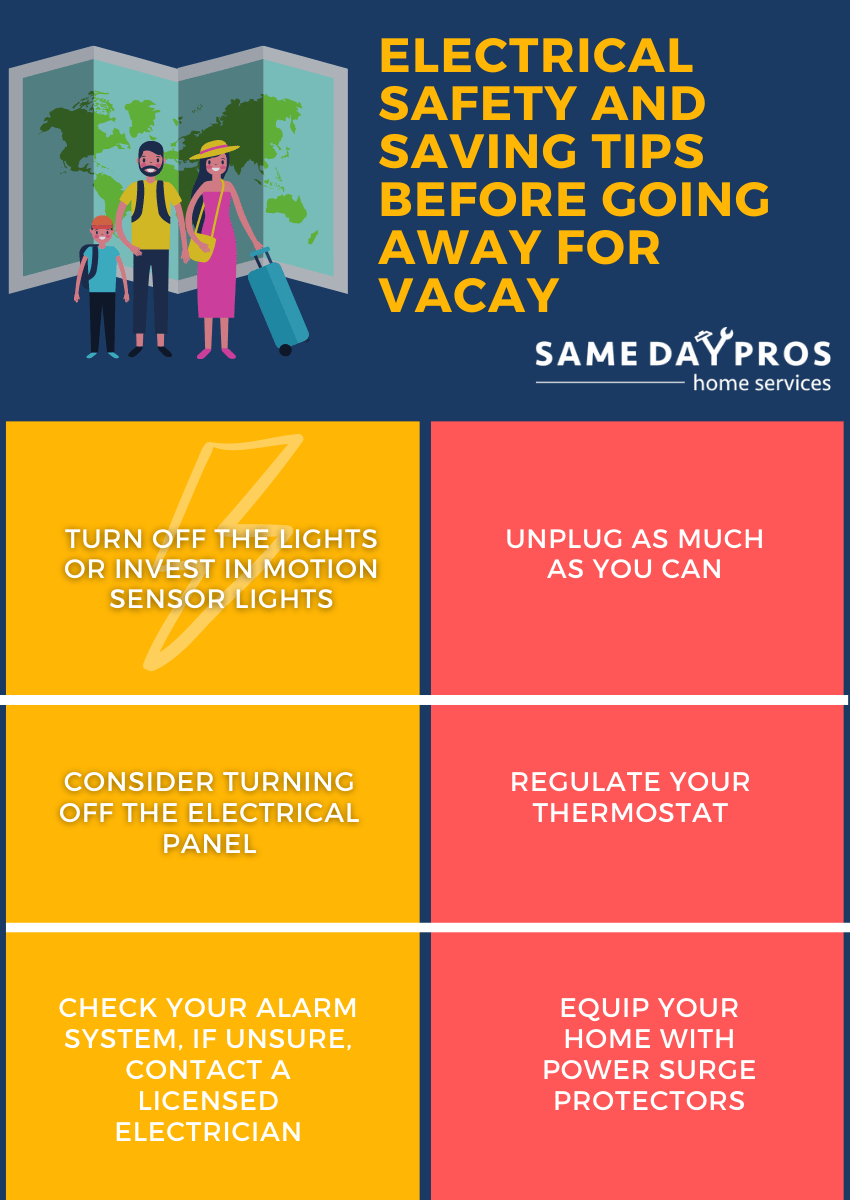
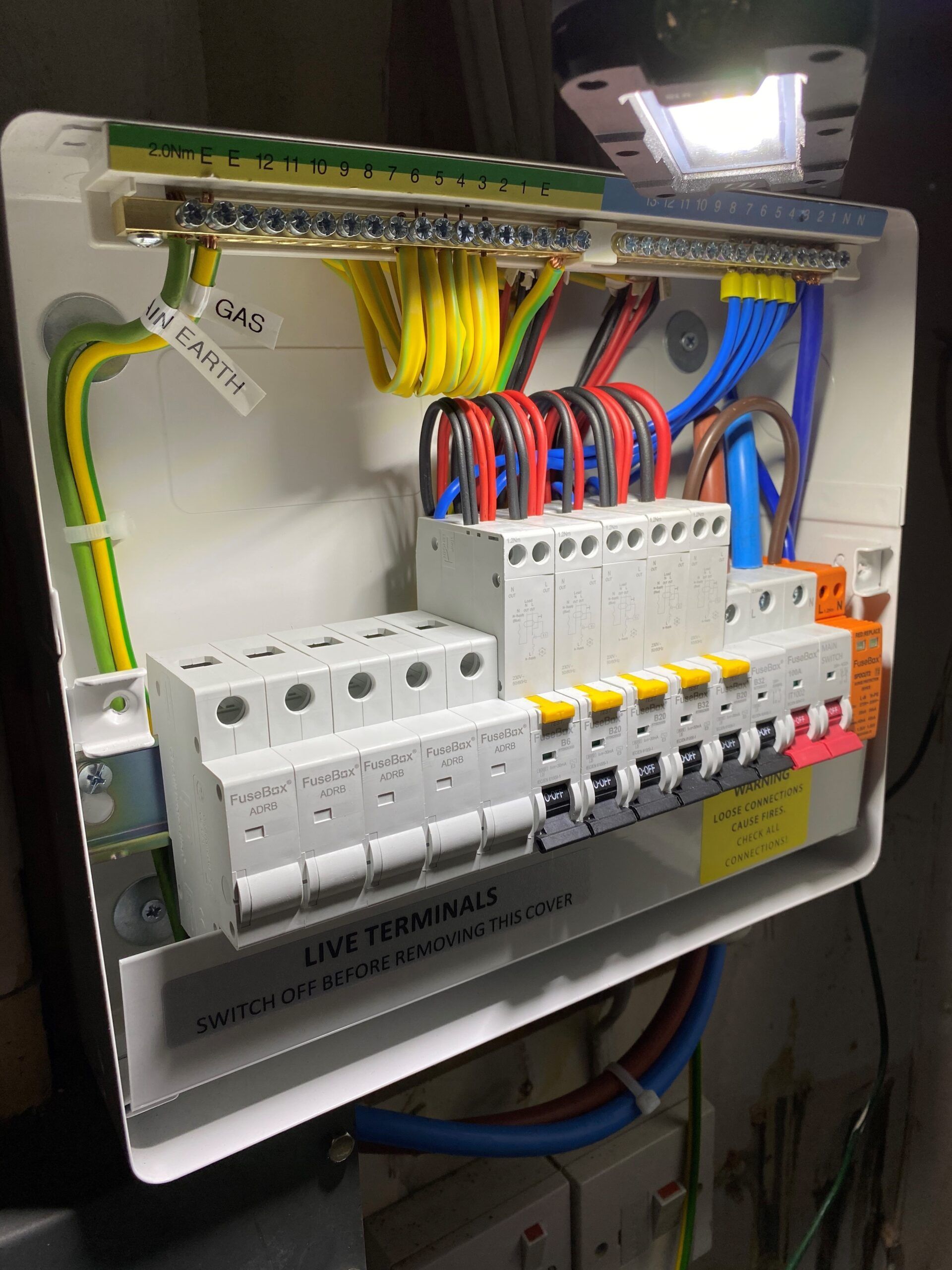
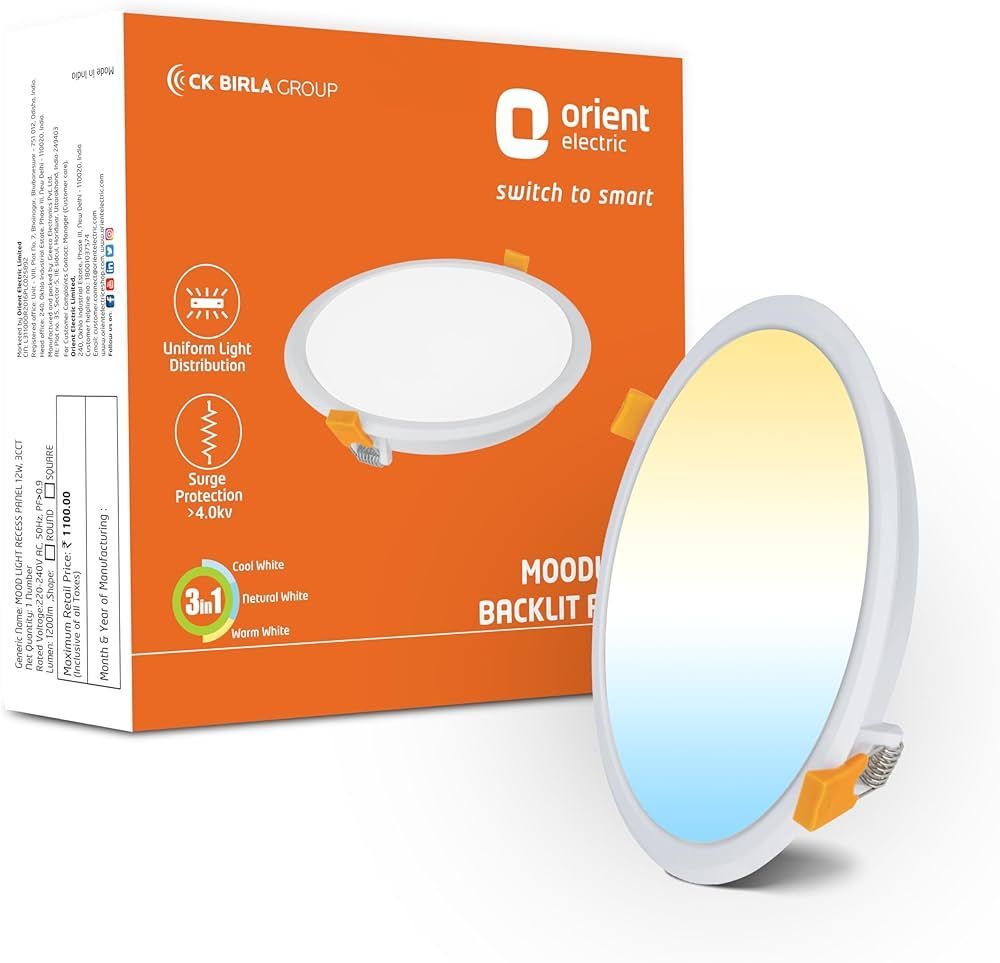
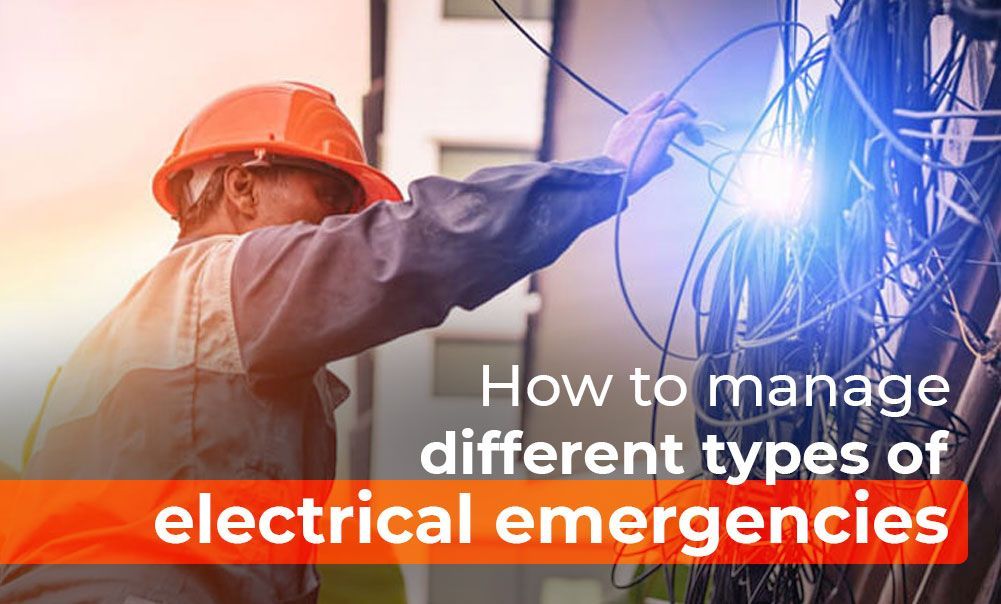
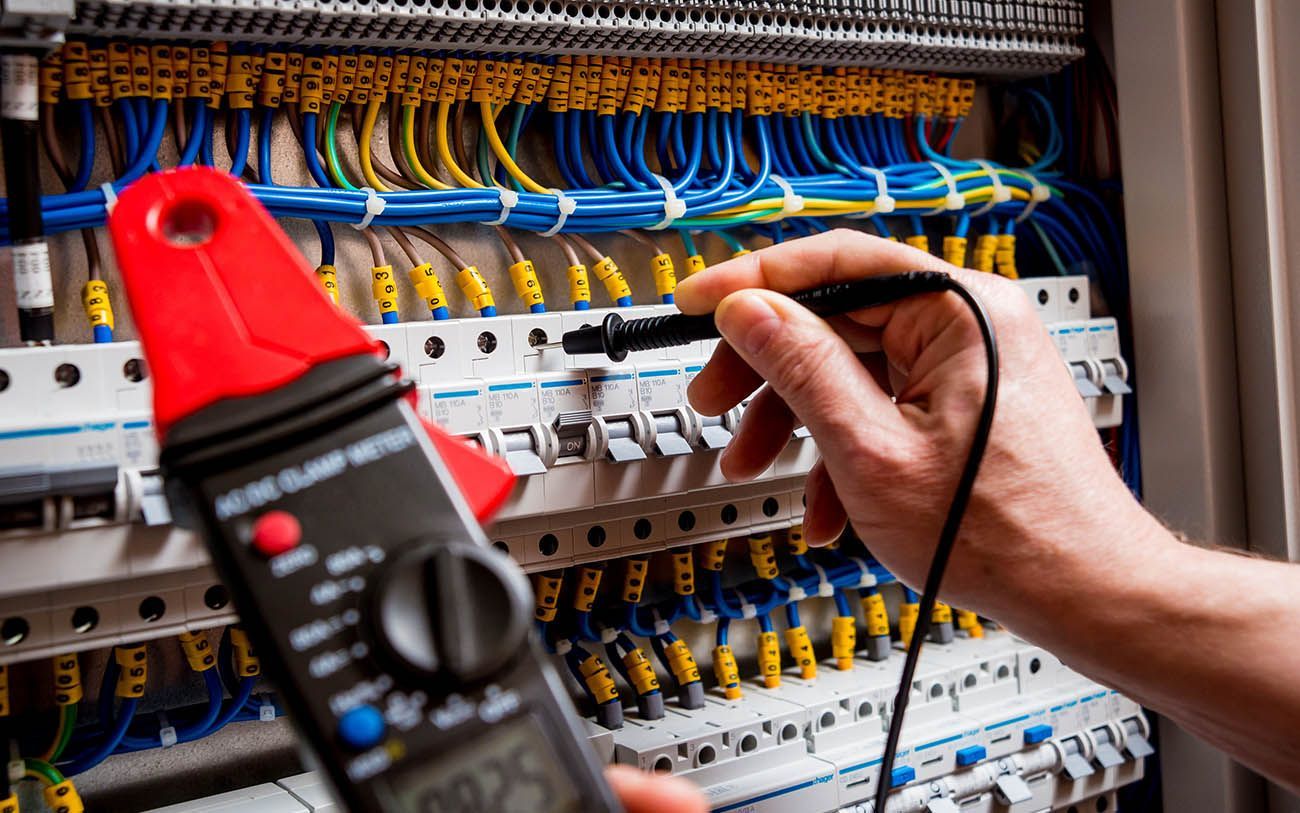
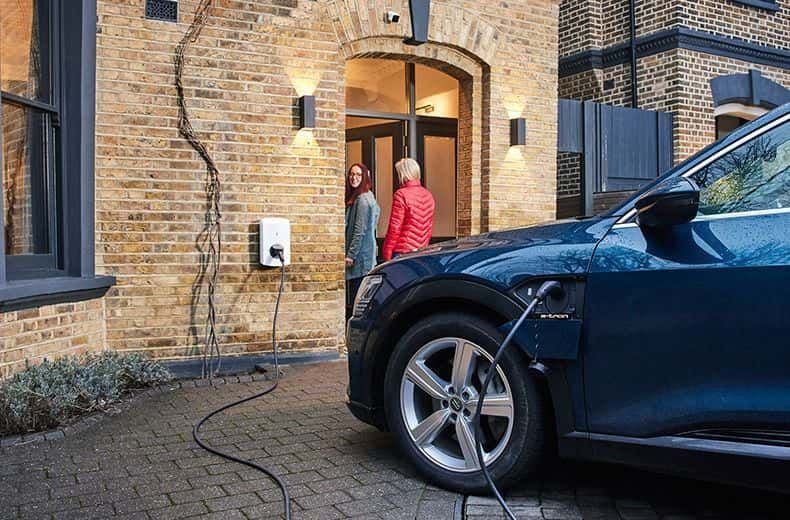
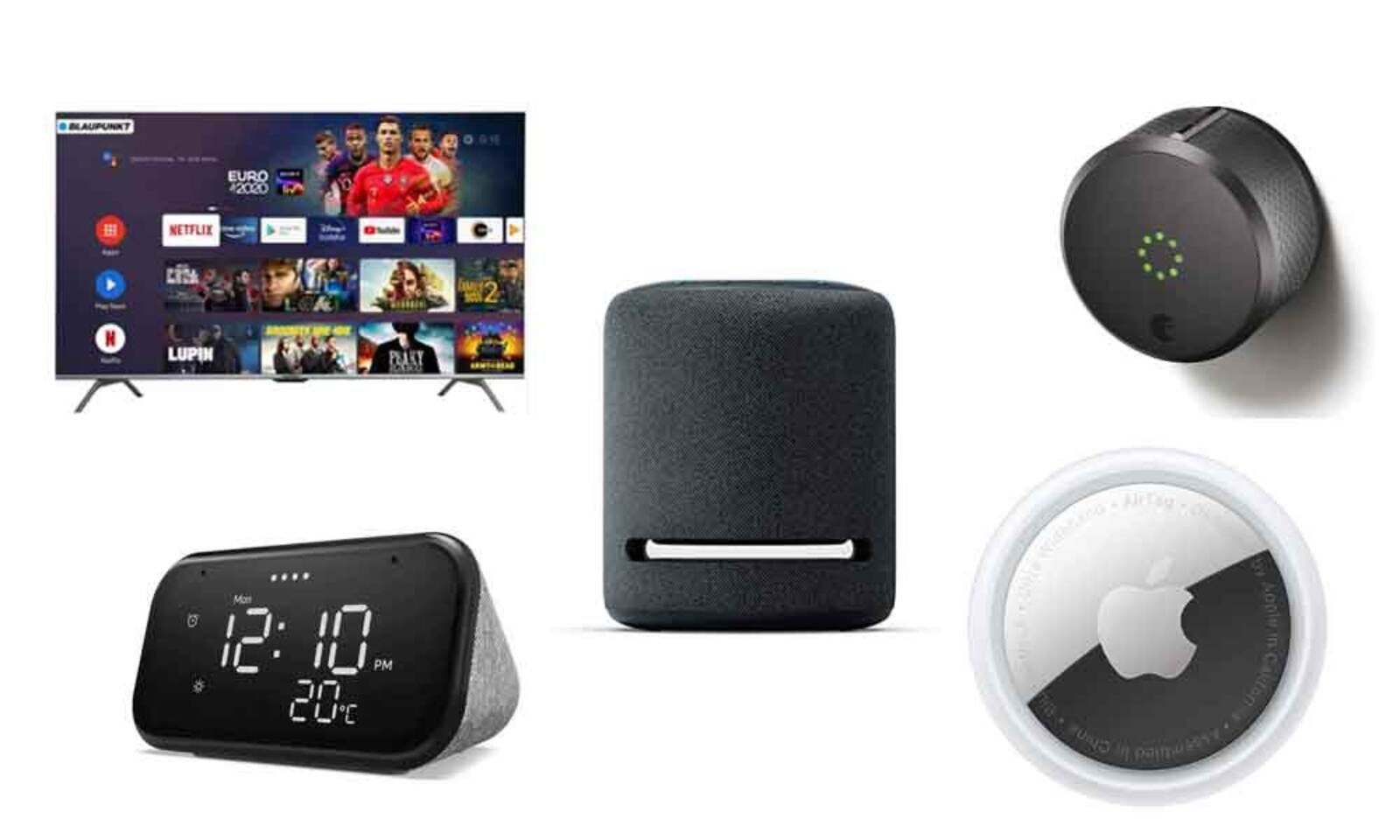

CONTACT US
We will get back to you as soon as possible
Oops, there was an error sending your query.
Please try again later

